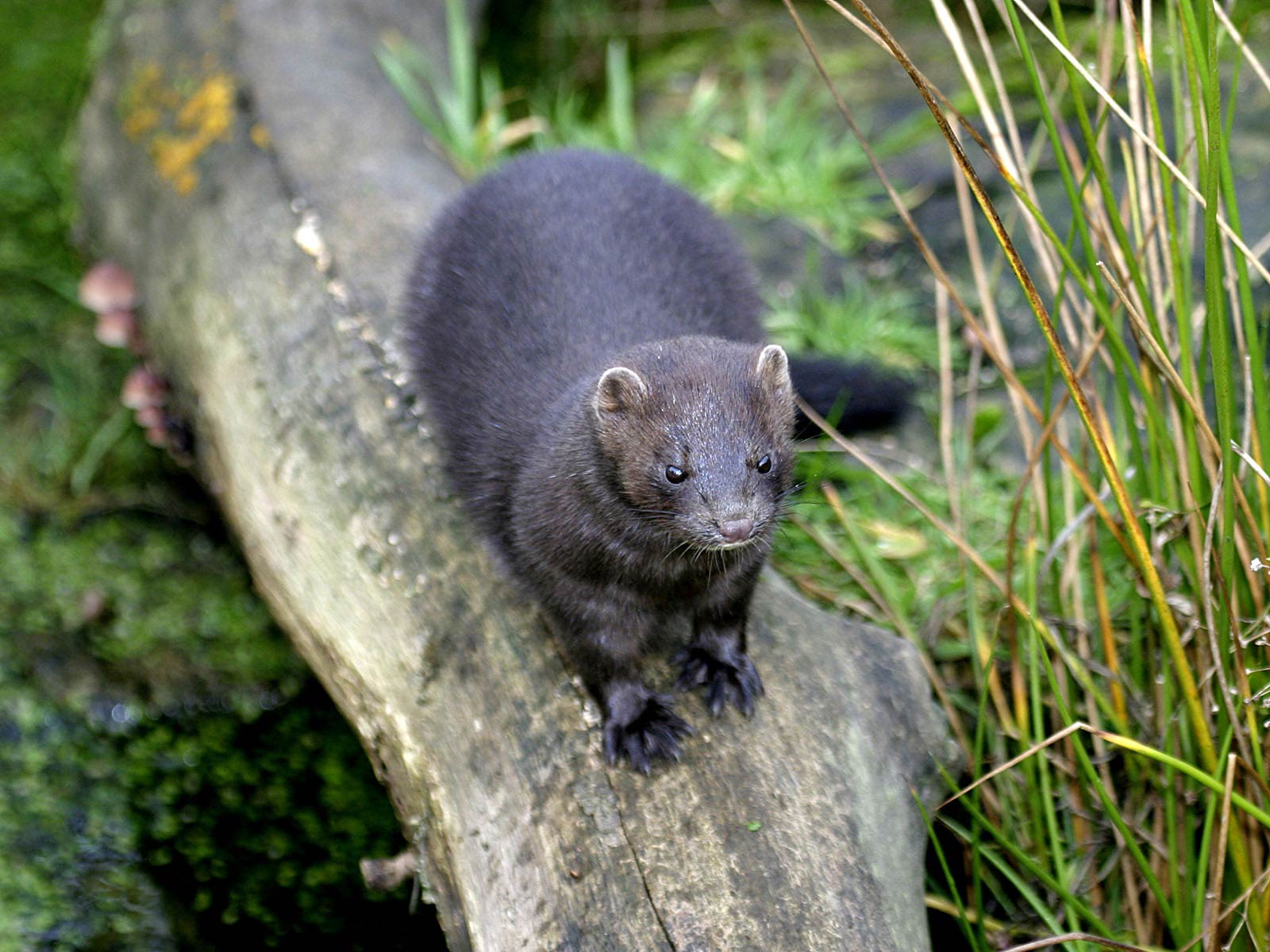History of the Norfolk Mink Project
The Norfolk Mink Project was started in 2003, primarily to help halt the decline in the water vole population caused by introduced American mink (Neovison vison). After an initial focus on the River Wensum, in 2006 the Project was expanded to cover the Broads and the River Nar. Using the experience gained, the Project embarked on a new strategy in 2012 to help control mink throughout the entire county by the end of 2014 using a network of volunteers.
The Norfolk Mink Project was led by the Norfolk County Council’s Non-native Species Initiative and supported and funded by modest grants from bodies such as the Environment Agency, the Water Management Alliance, the Broads Authority, a levy on landfill and the EU. It was guided by a Steering Group of key partners and wildlife management specialists.
To help manage the Strategy, Norfolk was sub divided into ten ‘Control Areas’. These were based on the major river catchments. Trapping in each area was co-ordinated by a self-employed part-time Project Officer. Control was based on the use of the Game and Wildlife Conservation Trust Mink rafts. These supported clay pads to record footprints and, when mink are detected, provide trapping locations. Mink were caught using a cage trap and humanely dispatched; non-target animals were released unharmed.
The downside of the clay pad rafts was that they were usually infrequently checked for prints, and when these were detected the mink could already be elsewhere. From 2014 devices that remotely monitored traps (RMDs) were starting to becoming available. These meant traps could remain set 24/7, 365 days of the year. This dramatically improved trapping efficiency but only a few could be bought each year with the limited NMP budget.
Everything changed in 2020 when all those actively engaged in mink control across East Anglia came together as Waterlife Recovery East. This allowed us to bid for larger grants and work together to further improve our practices. It soon became clear that this new group, building on all the great mink control that NMP had achieved, provided the best chance of getting mink in Norfolk down to very low numbers and hopefully eradicate them completely. It was agreed by the NMP Steering Group that it was best to close that project down and for all the parties to support Waterlife Recovery East and the new overarching charity the Waterlife Recover Trust, which was planning to co-ordinate mink control/eradication over the whole of England.

